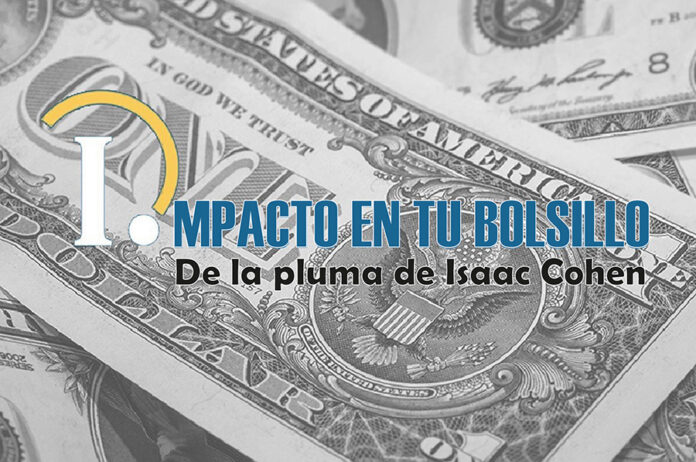There is evidence that the effects of the decisions on tariffs, immigration and government reduction, adopted by the new government in Washington, are already influencing the rest of the economy. Just the fall into a correction by the main stock market indexes reveals how the erratic and roller-coaster decision-making style has affected the confidence of investors. For instance, last Thursday the S&P 500 index, which includes some of the giant, advanced technology companies, fell 1.4 percent to a correction of more than 10 percent, from the record reached on February 19. Even worse was the performance of the Russell 2000 index of smaller companies, which surged in November with the election of President Donald Trump, it has fallen 16 percent from the peak reached in February.
These indexes reflect mainly the confidence of stock market investors. However, the same pessimism exists among consumers. The latest University of Michigan index of consumer sentiment, by mid-March, registered a fall of 11 percent. Also, last week, the favorite haven provided by gold crossed the $3,000 mark for the first time ever. Meanwhile, the uncertainty weakened the US dollar, erasing all the gains it achieved after November.
The question is how long the uncertainty may last, and the answer must come from the White House. Unfortunately, as described in the editorial page of The Wall Streett Journal (03/12/25), it all depends on “which side of the bed President Trump will wake up.”







